Sunday, December 16th, 2012
We’re going to be like The Hobbit and break this visit to Withlacoochee River Park in late October into two posts. First the bugs and other creatures. Mike very helpfully converted these picture to blog format.
A green mantidfly. We’ve never see one of these before.
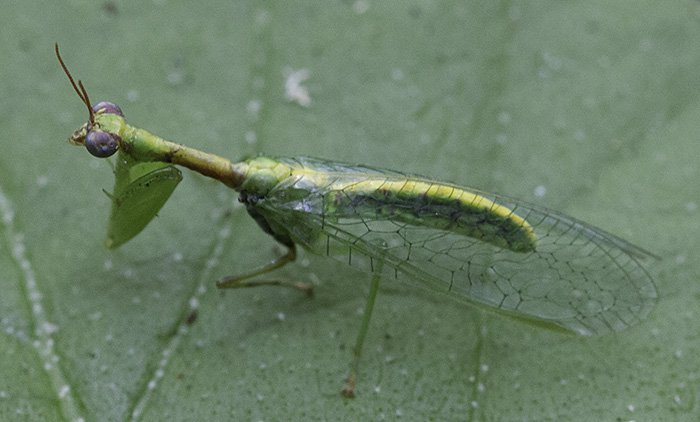
A peninsula ribbon snake (photo taken by Mike)

And the rest we haven’t identified. But isn’t this a really cool stick bug? (Maybe a long-headed toothpick grasshopper?) This is also a creature we’ve not seen before.

A brilliantly furry and patient moth. [Update: we think this is an Io moth with its bright eyespot underwings hidden]
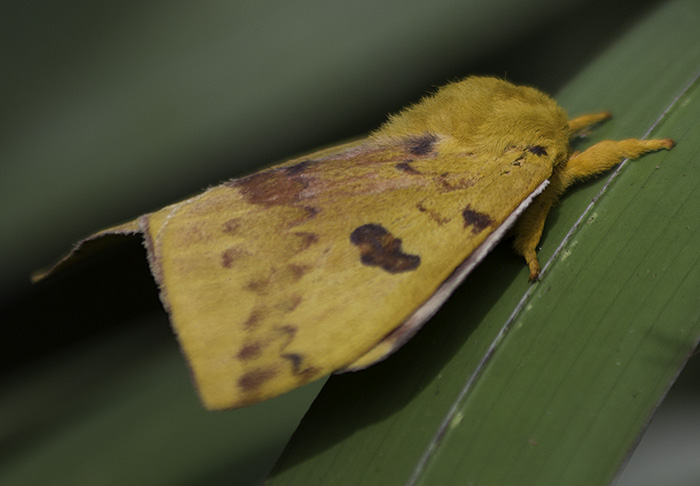
These dragonflies were in dense forest and rested in deep shadows on tree trunks.
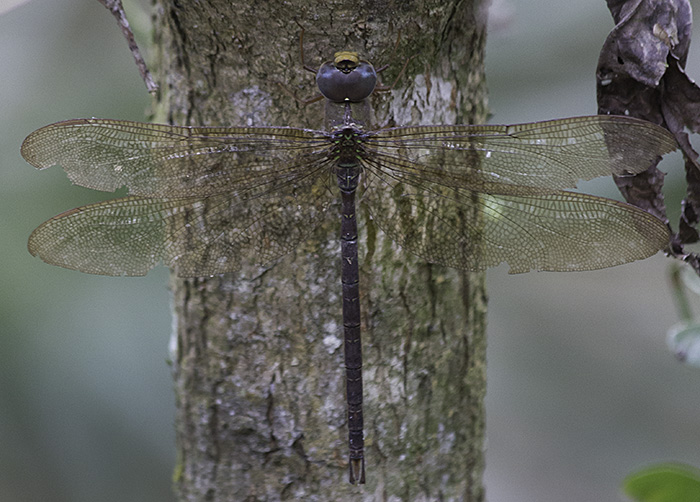
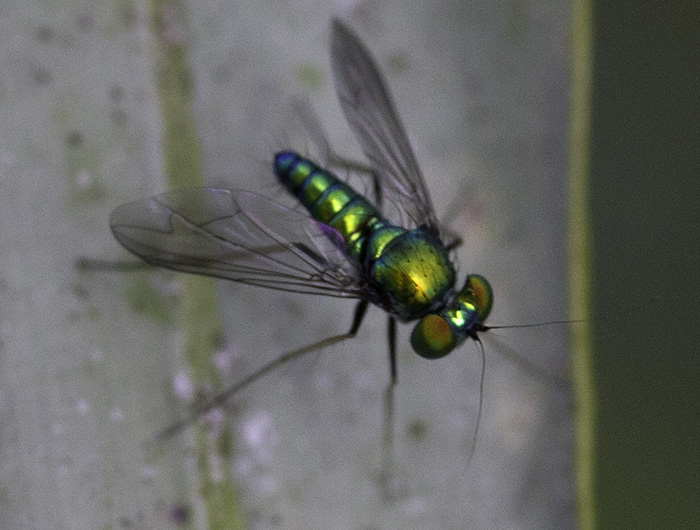
Like the green spider we saw at a previous park, this white spider was waiting for an appropriately sized morsel to come to the flower it sat under. We watched a zebra longwings fluttering around this plant.

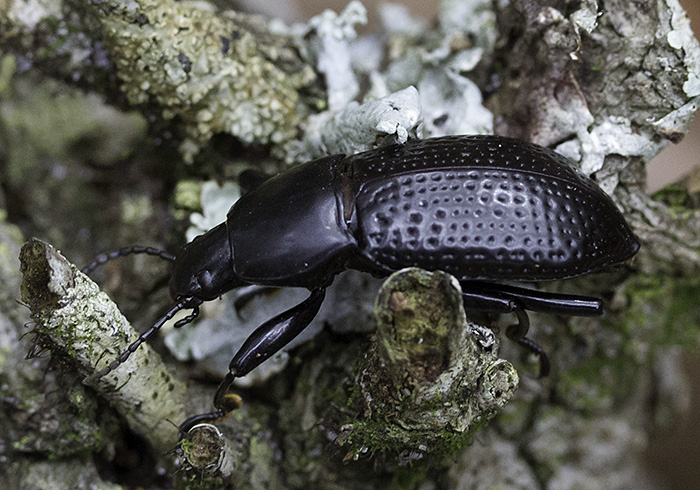
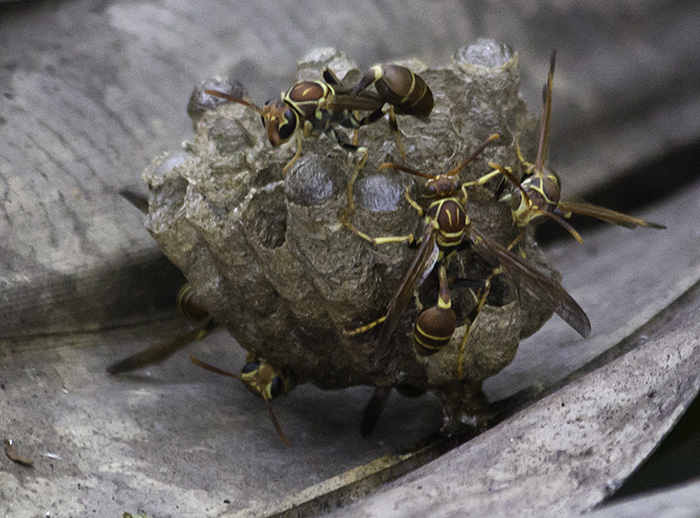
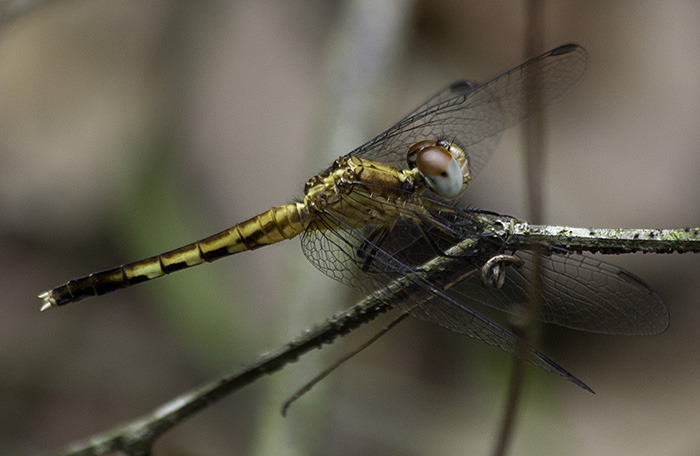
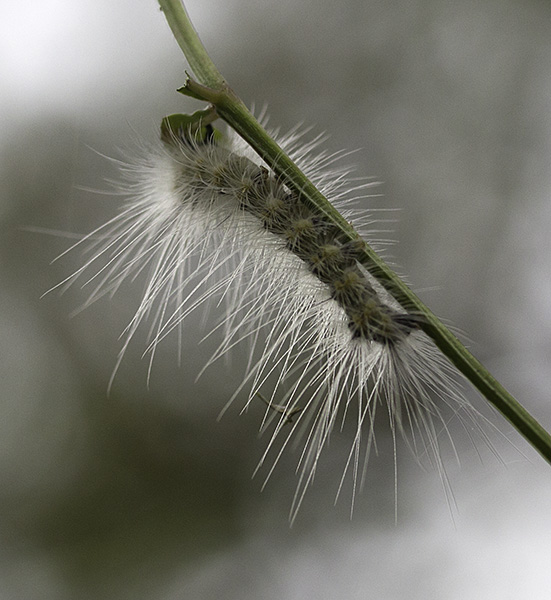
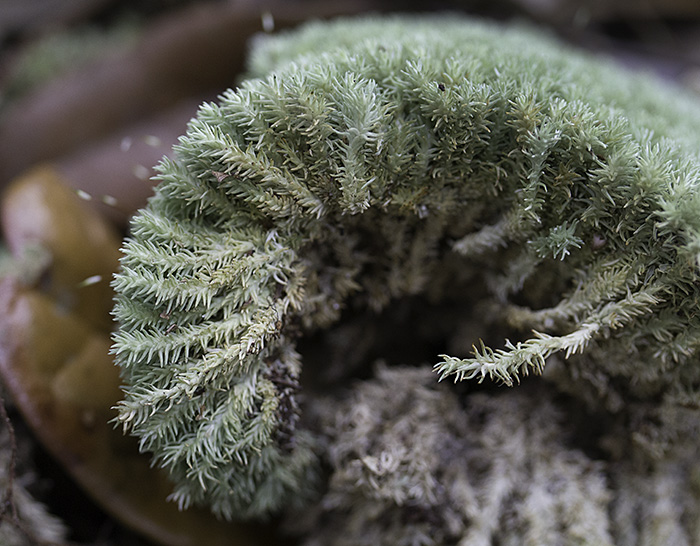
Monday, December 10th, 2012
Pictures from Fort De Soto in mid October. Mike converted these photos to blog format.
sea oats
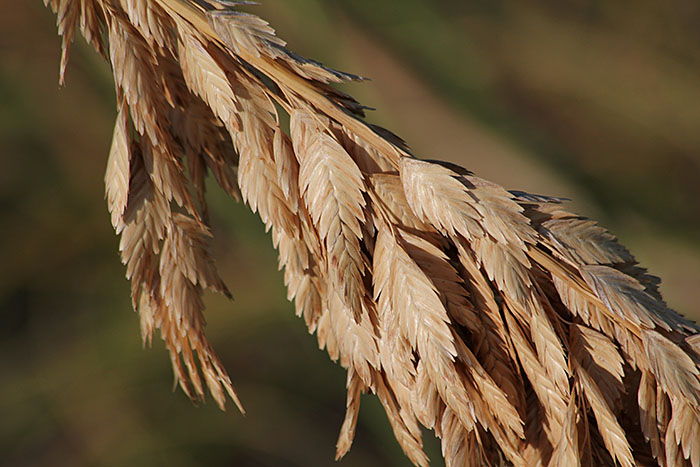
beach sunflower
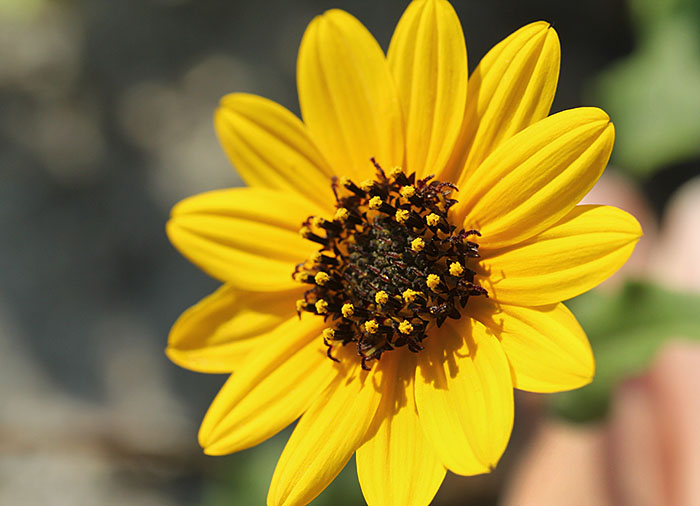
There were many shorebirds, most of which I can’t tell the species of.
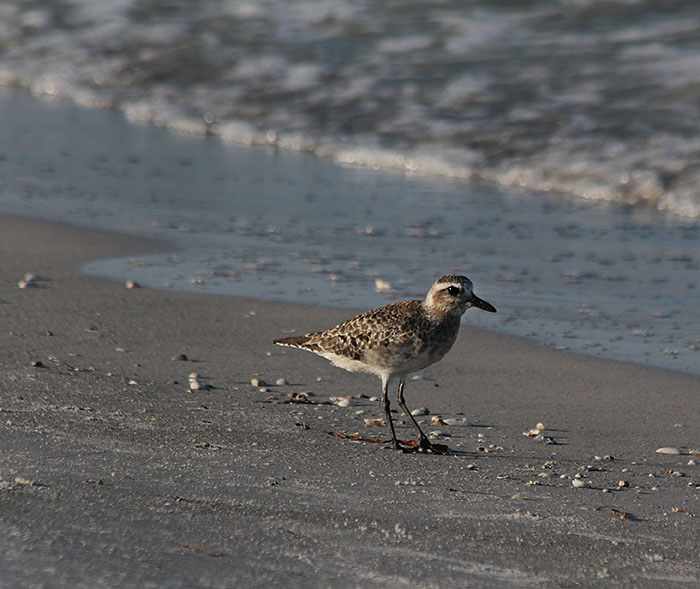
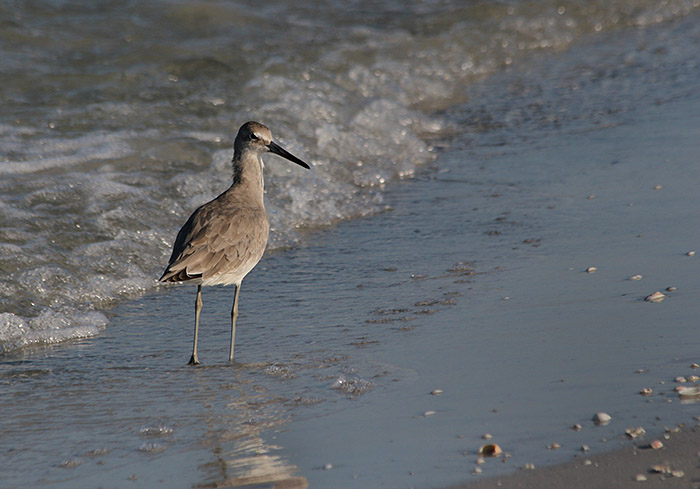
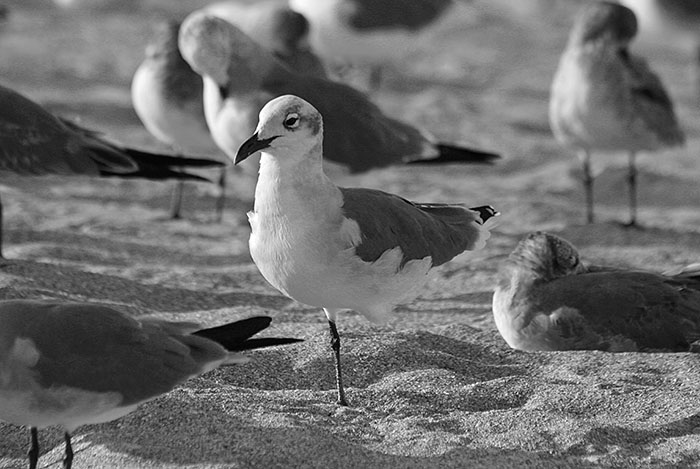
oystercatcher
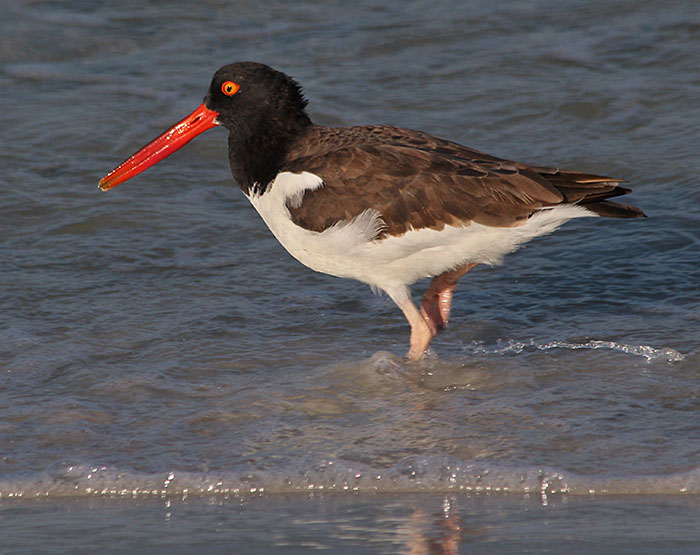
ruddy turnstone (Mike took this picture)

Taking the Arrowhead Nature Trail, mosquitos again kept me from getting the camera out. Mike took this picture of a large grub. We later saw a stingray in an inlet to the mangroves.
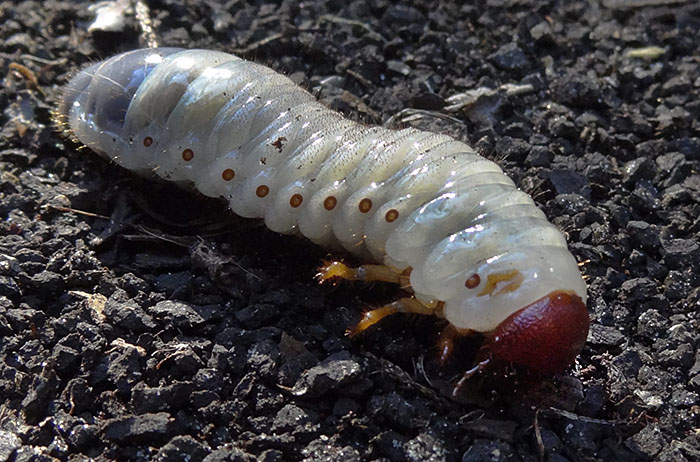
Sunday, December 9th, 2012
Continuing our mega park trip in late September, the day after Juniper Springs through Ocean Pond, we went back to Alligator Lake Park.
Common mud turtle in early morning light
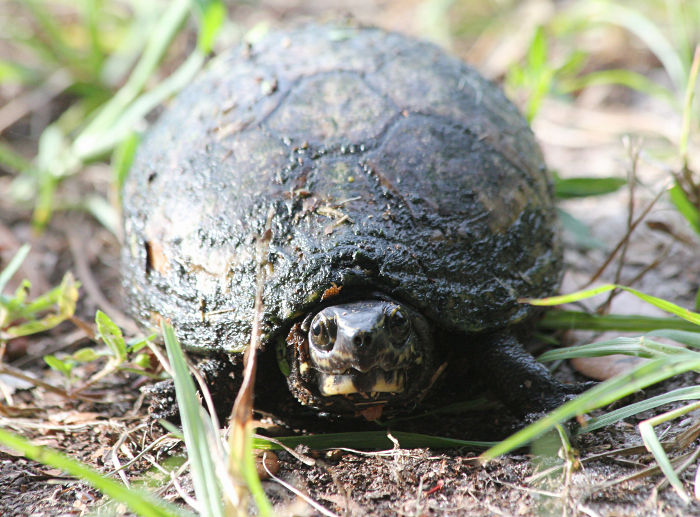
This bird was singing from the top of a cypress, probably an Eastern Phoebe

A mockingbird watching us watch it
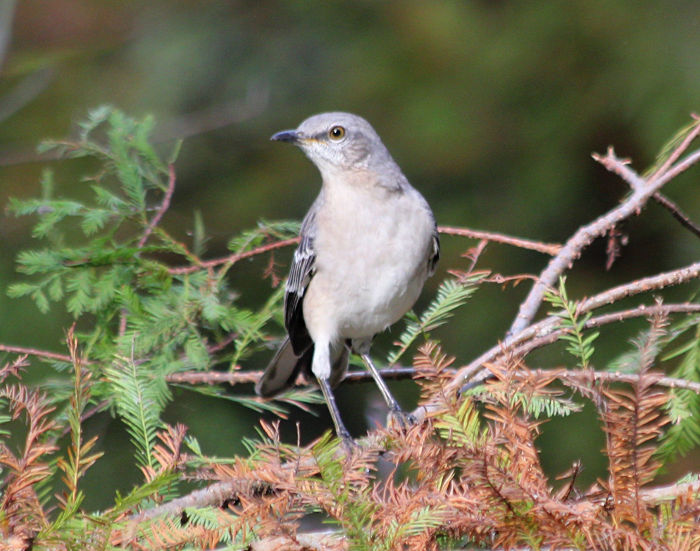
juvenile ibis
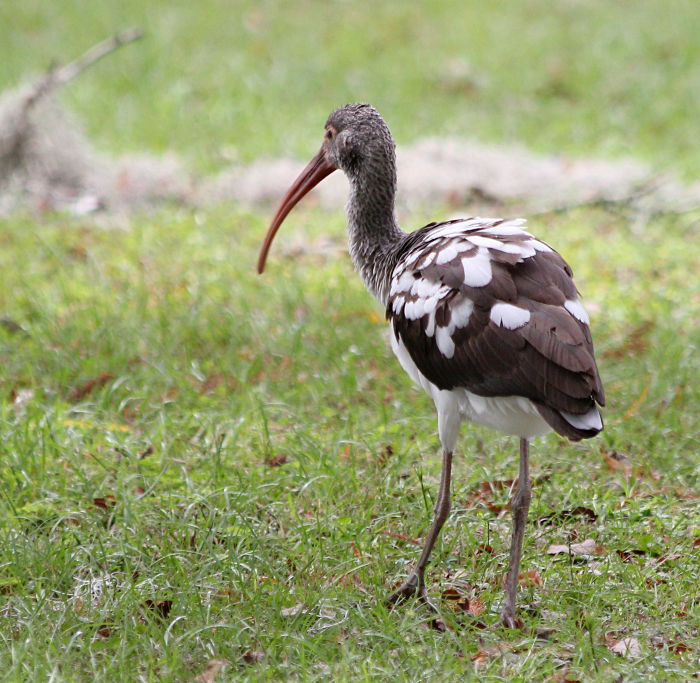
We saw two snakes, both probably black racers
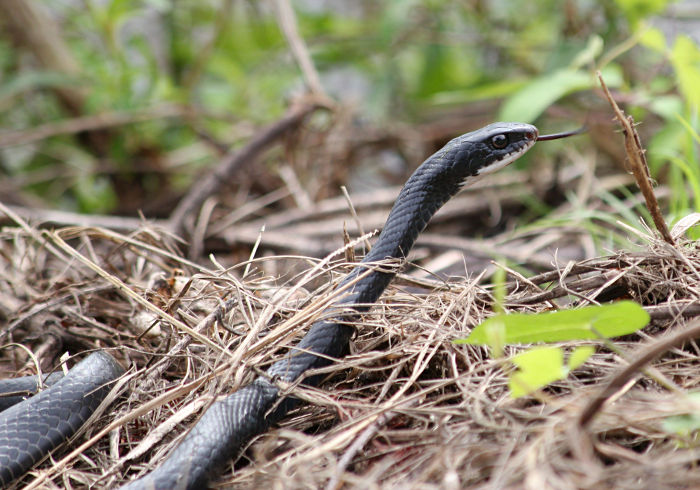
This marsh rabbit didn’t seem particularly concerned about us
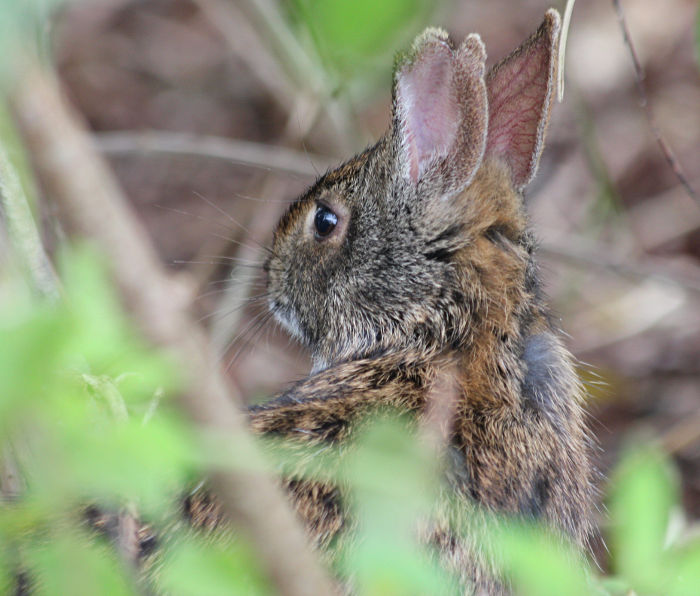
common buckeye

eastern tiger swallowtail
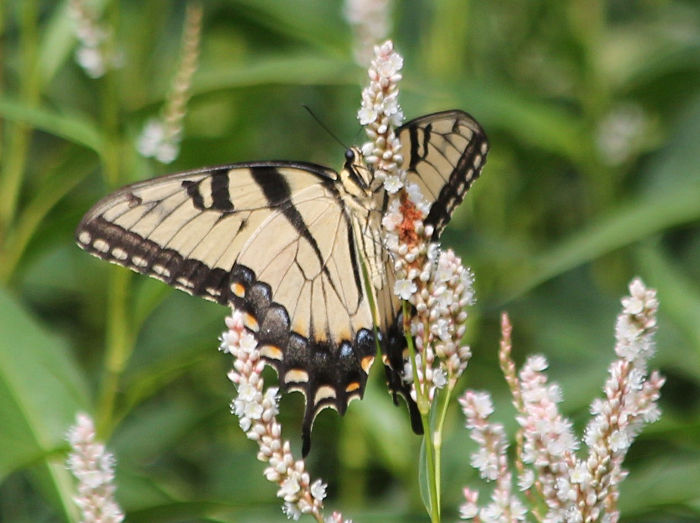
viceroy
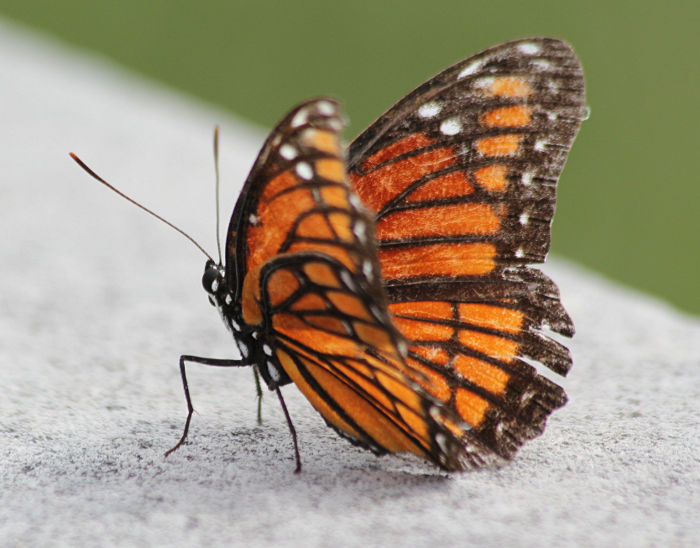
Common green darners, male latched to a female. This year we’ve seen this species pretty frequently.
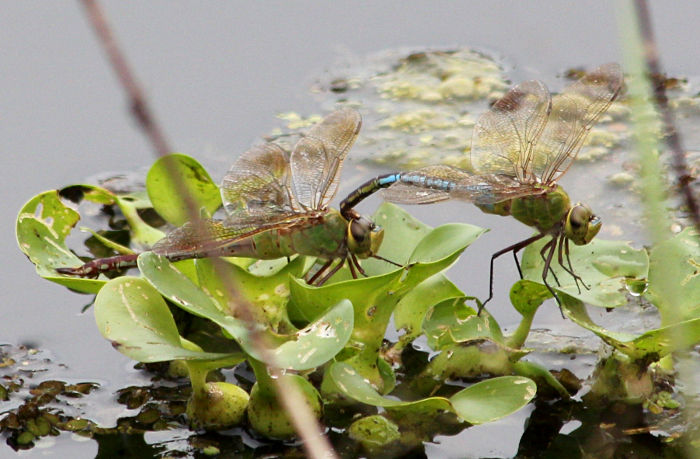
The guidebook doesn’t say that eastern pondhawks hunt other dragonflies, but I think that is the species of the attacker. The victim looks like a blue dasher. It was kind of gruesome. We did not see the capture, but when we arrived the pondhawk was decapitating the dasher. This was right after noticing a spider with a butterfly wrapped up in its web.
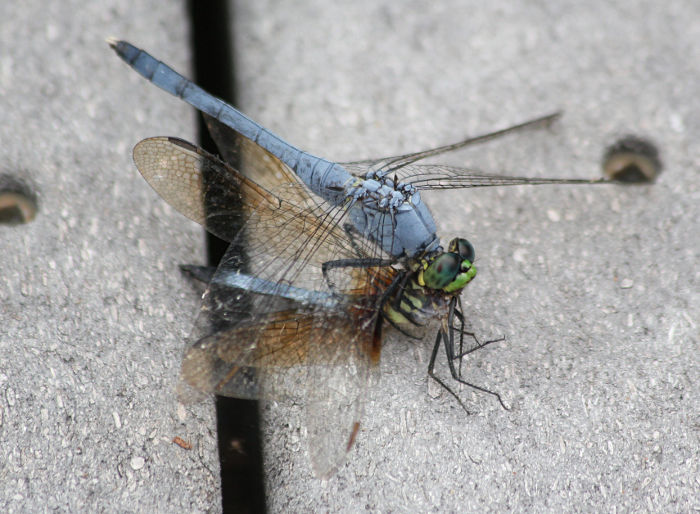
Earlier, we saw this dragonfly struggling and failing to fly.
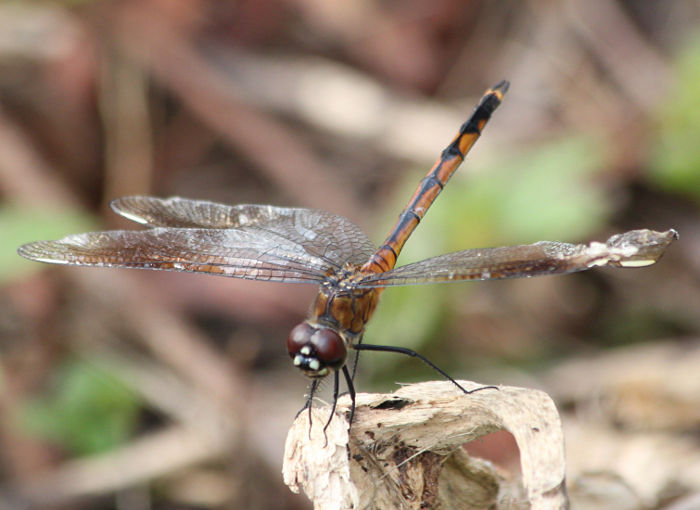
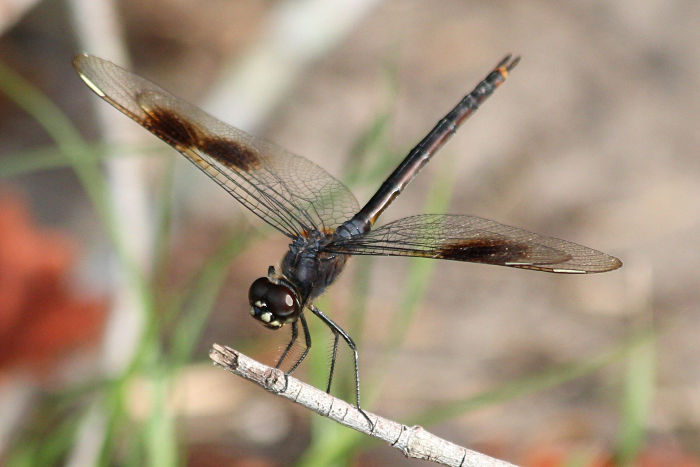
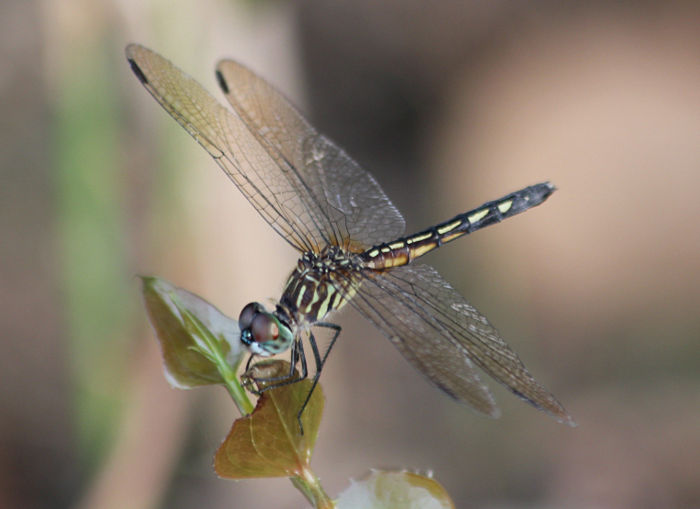
Saturday, December 8th, 2012
After Juniper Springs/Fern Hammock Springs we headed a bit north, still in the Ocala National Forest, to Bear Swamp Trail in the Salt Springs Recreation Area. The park ranger at the pay station seemed surprised that we were there just for the trail. Camping, boating and swimming are the main attractions.
The trail is fairly short, a 1.3 mile loop, with a nice boardwalk on the far side. The mosquitoes were pretty bad. I had on my new permethrin jacket. I think it may help a little, but impenetrable force field against mosquitoes it is not. And although the jacket is made from a lightweight mesh material, I think it was still keeping me warmer than I otherwise would have been and I ended up getting dehydrated. So Mike took all of the pictures on this trail, using the Sony Cybershot.
red bellied woodpecker
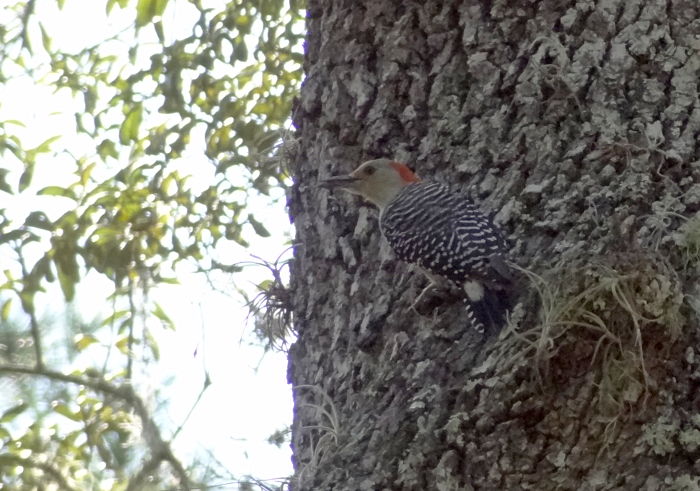
bess beetle
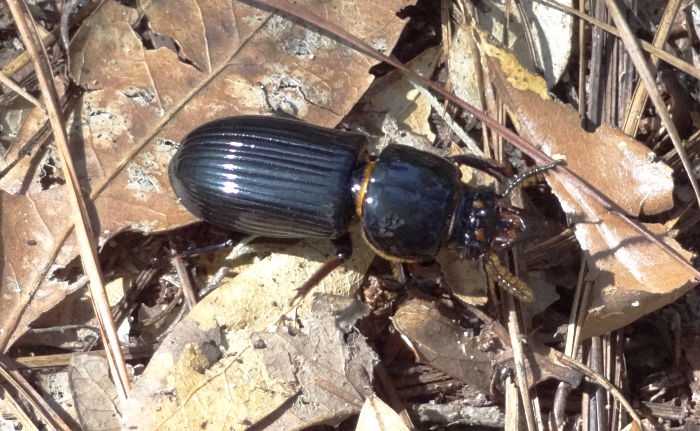
southeastern lubber grasshopper
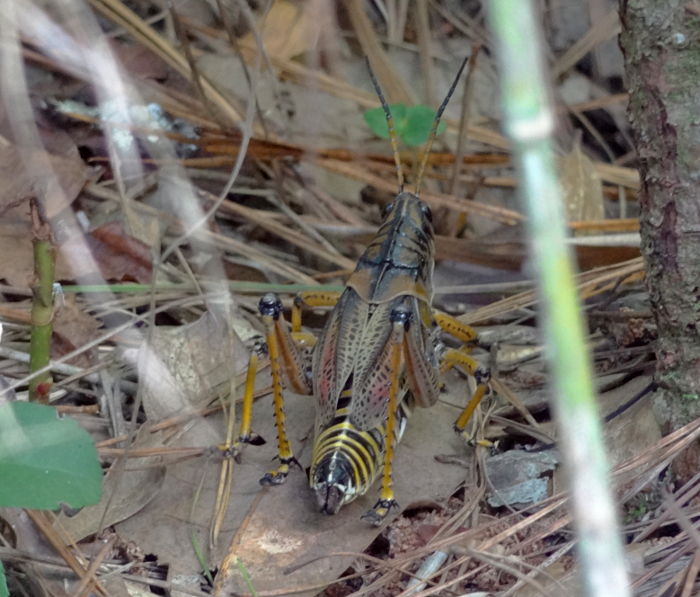
southern pearly-eye butterfly
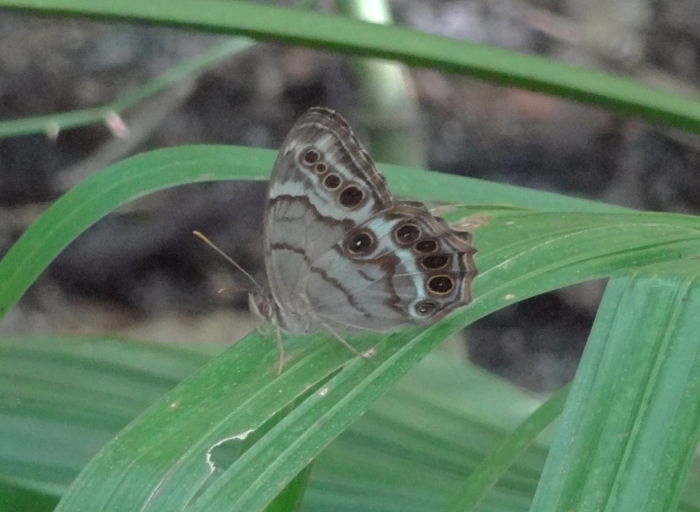
After recovering (with sweet tea), we headed up to Ocean Pond (lots of parks!) with the intent of watching the sunset. It ended up being too overcast for any pretty colors. There was a black couple fishing from the public dock. The man had a lovely North Florida accent, thick enough that I couldn’t understand a lot of what he said to Mike. But he called dragonflies mosquito hawks.
A blue dasher
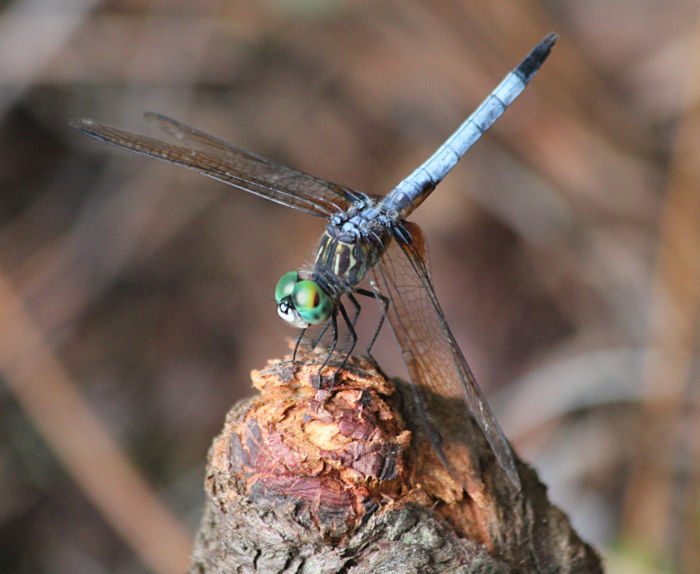
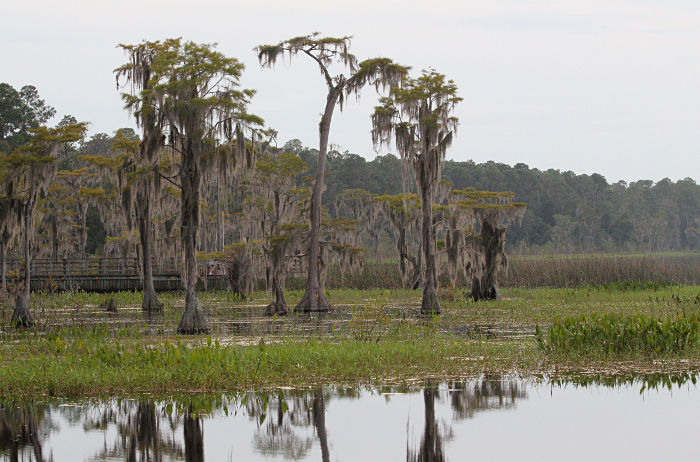
pond cypress balls (cones)
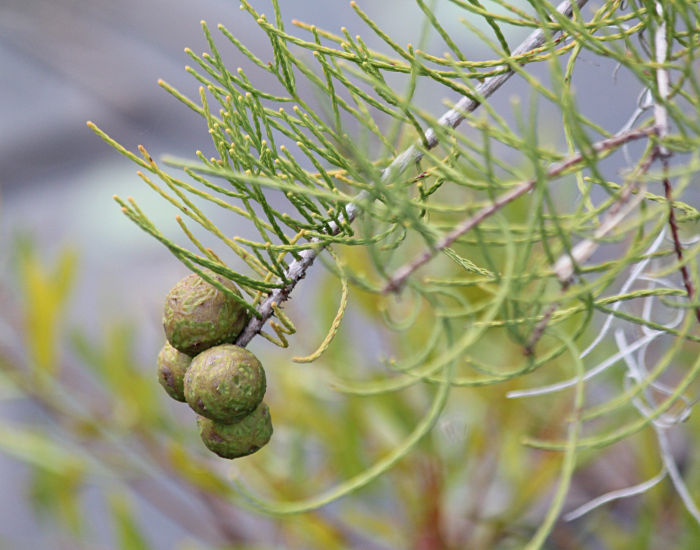
floating hearts
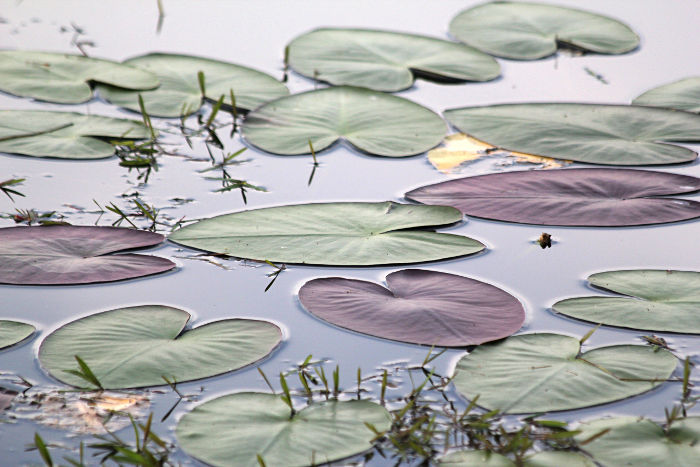
narrow-leaved sunflower
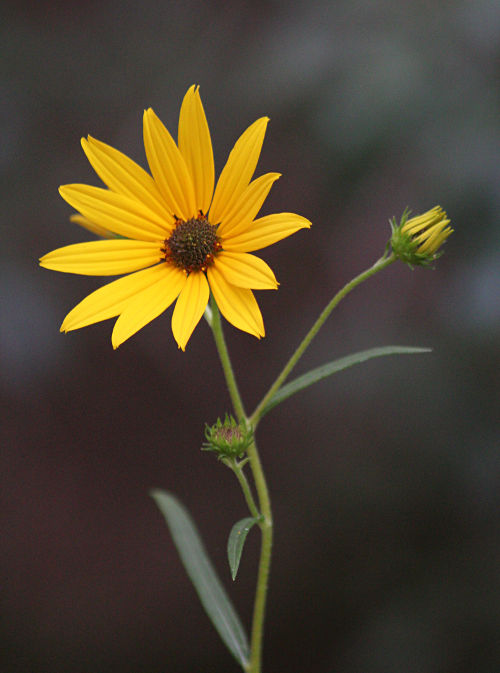
Saturday, November 24th, 2012
In the middle of Big Scrub, the Juniper Springs Nature Trail winds between the Juniper Springs swimming hole to the Fern Hammock Springs in an oasis of palmetto and oak. We visited in late September. “This complex of swimming and picnic area, campground, and trails was constructed in the 1930s by the Civilian Conservation Corps (CCC).” The most iconic of the remaining structures at this park is a millhouse with a waterwheel.
The historic millhouse was built in 1935-1936 by the C.C.C. … Water flowing from the springs was channeled into a narrow sluice and then allowed to pour back out to its natural configuration.
The rushing water that poured through the sluice turned an undershot waterwheel (so named because the water ran under instead of over the wheel). That wheel, in turn, powered a generator in the millhouse that produced more than enough electricity to meet the needs of the recreation area. [ExploreSouthernHistory.com]
There are many structures from the CCC still in use in the country’s parks, such as O’Leno’s suspension bridge and the Sol Duc Falls Shelter in Olympic National Park.
The Civilian Conservation Corps (CCC) was a public work relief program that operated from 1933 to 1941 in the United States for unemployed, unmarried men from relief families, ages 17–28. … The CCC was designed to provide employment for young men in relief families who had difficulty finding jobs during the Great Depression while at the same time implementing a general natural resource conservation program in every state and territory. Maximum enrollment at any one time was 300,000; in nine years 2.5 million young men participated in the CCC [approx US population in 1933: 125.6 million], which provided them with shelter, clothing, and food, together with a small wage of $30 a month ($25 of which had to be sent home to their families).
Roosevelt proposed the project to Congress on 21 March 1933. The program was aproved and implemented very quickly; by 1 July 1933 there were 1,463 working camps. His writing always seems to stand up to passing time admirably, remaining eloquent and motivating:
I propose to create a civilian conservation corps to be used in simple work, not interfering with normal employment, and confining itself to forestry, the prevention of soil erosion, flood control and similar projects. I call your attention to the fact that this type of work is of definite, practical value, not only through the prevention of great present financial loss, but also as a means of creating future national wealth.
There was great public support of the CCC. “A Gallup poll of 18 April 1936, asked “Are you in favor of the CCC camps?”; 82% of respondents said yes, including 92% of Democrats and 67% of Republicans.” Perhaps wiki is not a sufficient resource to tell, but this appears to be in contrast to the WPA, which although had a similar intent “to provide one paid job for all families in which the breadwinner suffered long-term unemployment”, albeit for a different demographic, “[t]here was a perception that WPA employees were not diligent workers. … Having been on the WPA made it harder for alumni to get a job because employers said they had “formed poor work habits” on the WPA.”
This is not to say that there was no opposition to the CCC, interestingly from the labor unions.
To end the opposition from labor unions (which wanted no training programs started when so many of their men were unemployed) Roosevelt chose Robert Fechner, vice president of the American Machinists Union, as director of the corps. William Green, head of the American Federation of Labor, was taken to the first camp to demonstrate that there would be no job training involved beyond simple manual labor.
And a snapshot into the state of the country at the time. In 1933, the worst year of the Great Depression, the unemployment rate was around 25%.
Level of education for the enrollee averaged 3% illiterate, 38% less than eight years of school, 48% did not complete high school, 11% were high school graduates.[19] At the time of entry, 70% of enrollees were malnourished and poorly clothed. Few had work experience beyond occasional odd jobs. Peace was maintained by the threat of “dishonorable discharge”.
[Sources: Wiki CCC and WPA. Also, Photos from the Great Depression in Washington state]
Today, the generator is gone from the millhouse and instead there are plaques describing the achievements of the CCC:
- 3,470 fire towers were erected
- 89,000 miles of telephone lines were installed
- 126,000 miles of roads and trails were constructed
- 6,459,000 man-days were expended fighting fires
- 6,660.000 erosion control check dams were built, and
- 2,356,000 trees were planted
The millhouse and waterwheel, taken by Mike
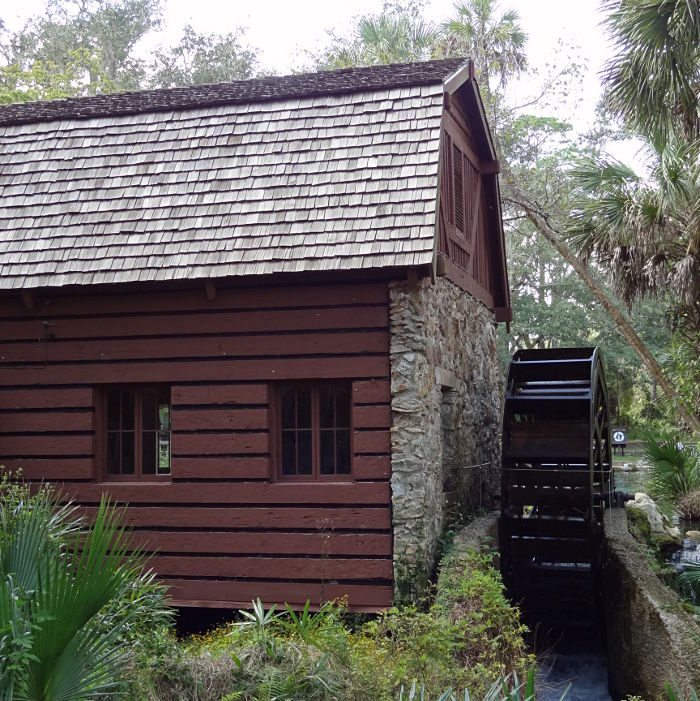
Duskywings of some sort
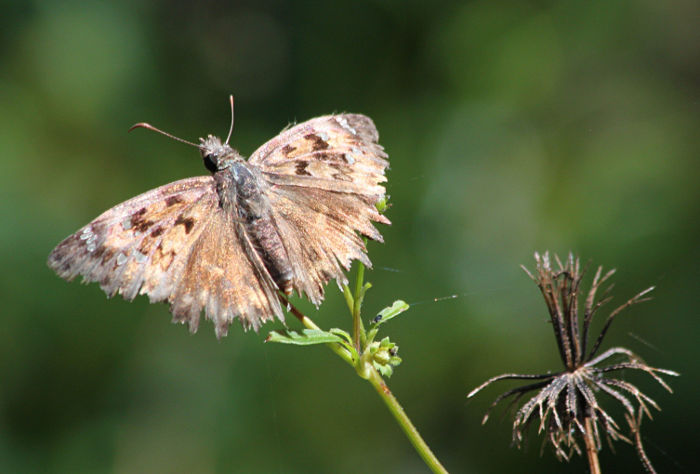
Palamedes swallowtail
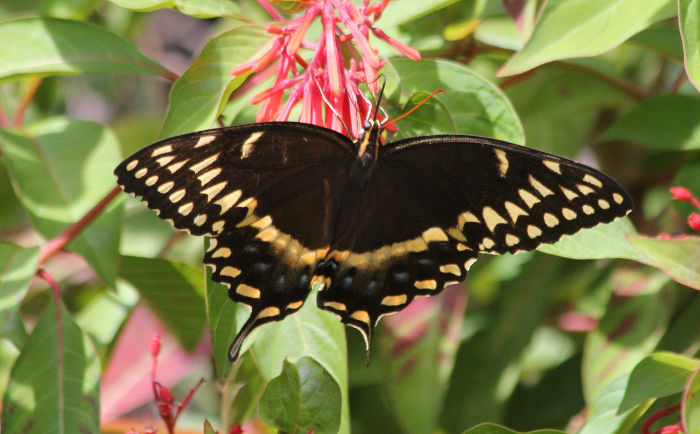
Cloudless sulphur
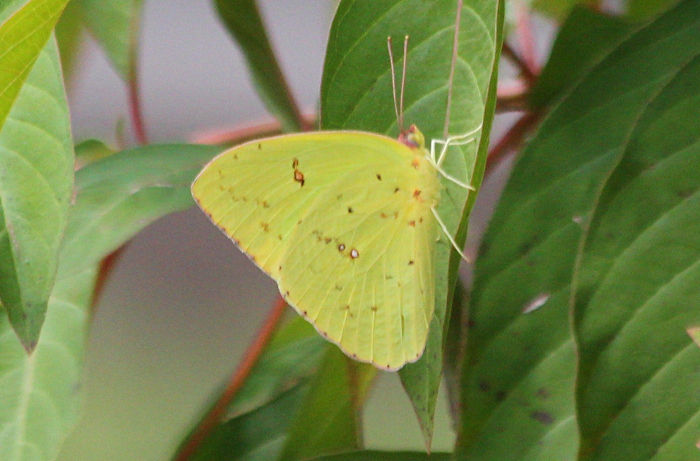
skipper
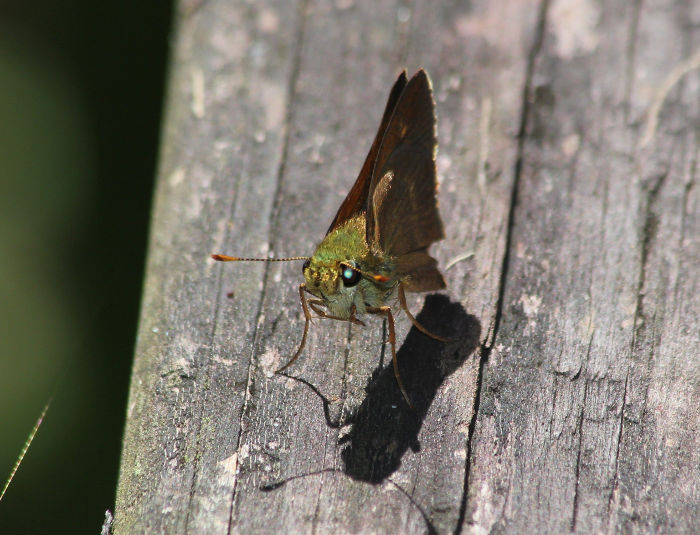
Green anole

Another park visitor noticed this snake beside the boardwalk.
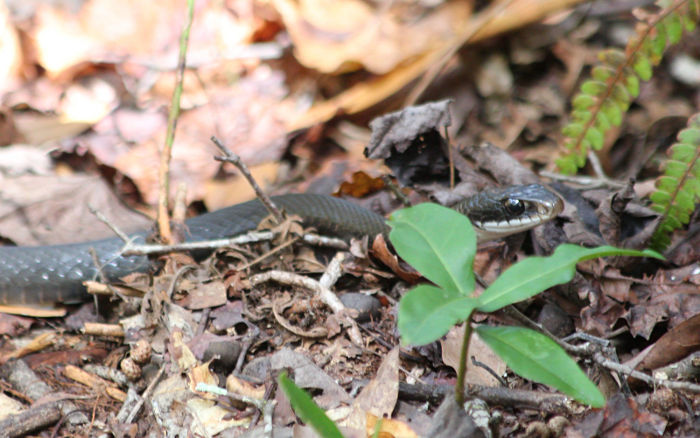
While Juniper Springs has been extensively reformed with stone edging and steps for swimming, there is no recreational use allowed other than observation from the path and bridge at Fern Hammock Springs.

The water is a vivid clear blue. Where the water bubbles up through the limestone and sand, called a boil, the vegetation is kept away by the continually shifting sand.

Here is a video (not ours) of the sand boils from the top of bridge over Fern Hammock Springs.
The wildlife was bountiful, with turtles and fish everywhere.
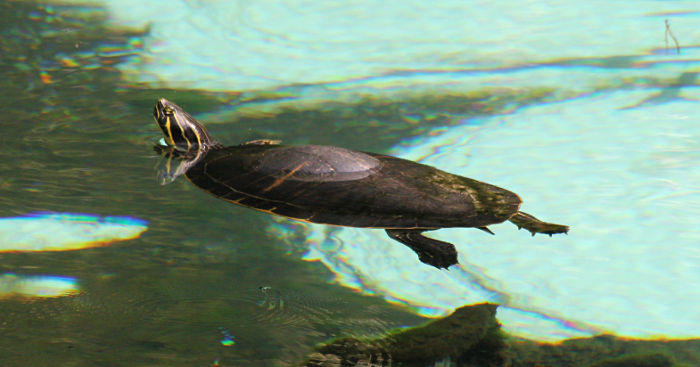

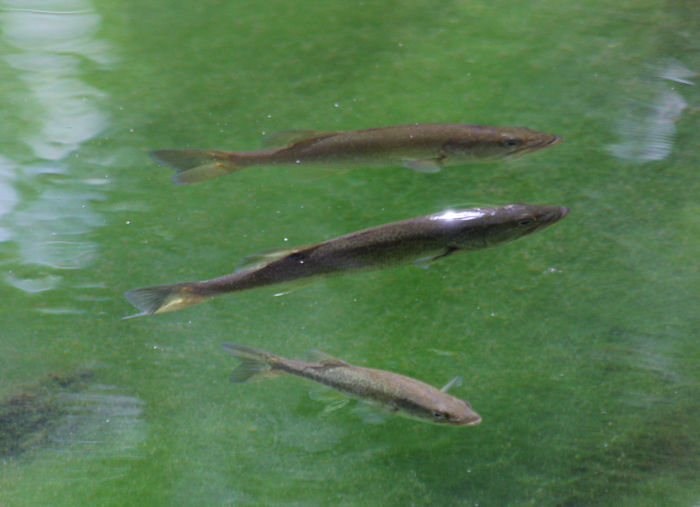
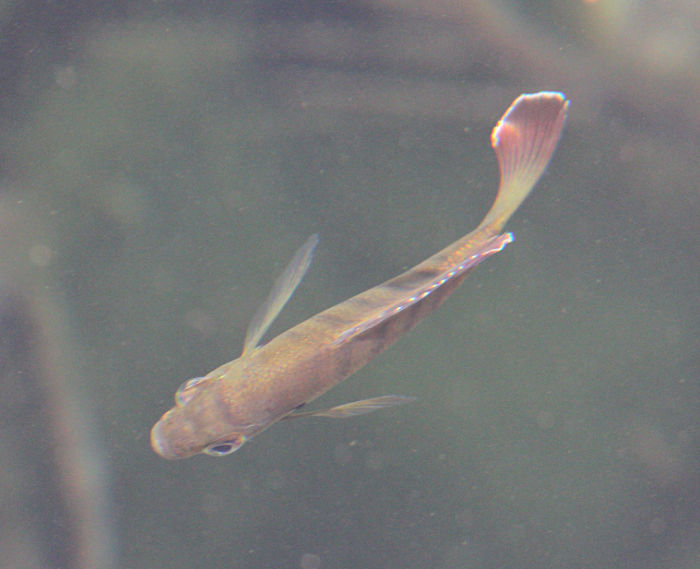
These last two were taken by Mike
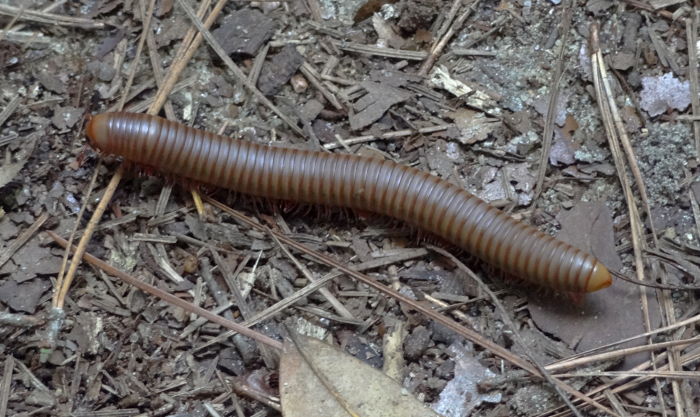
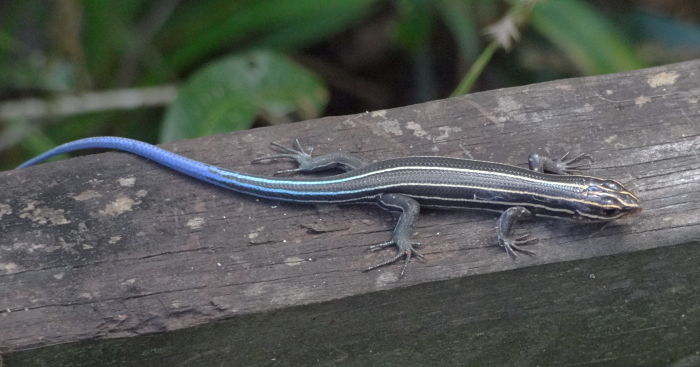
We didn’t walk it, but the statewide Florida Trail passes through the recreation area as well.
Saturday, November 24th, 2012
Here we continue our trek around Inglis Island in mid September, through mosquitos and ticks to find frogs and crabs, and skinks that did not want their picture taken.
A bee mimic

An ant colony, picture taken by Mike
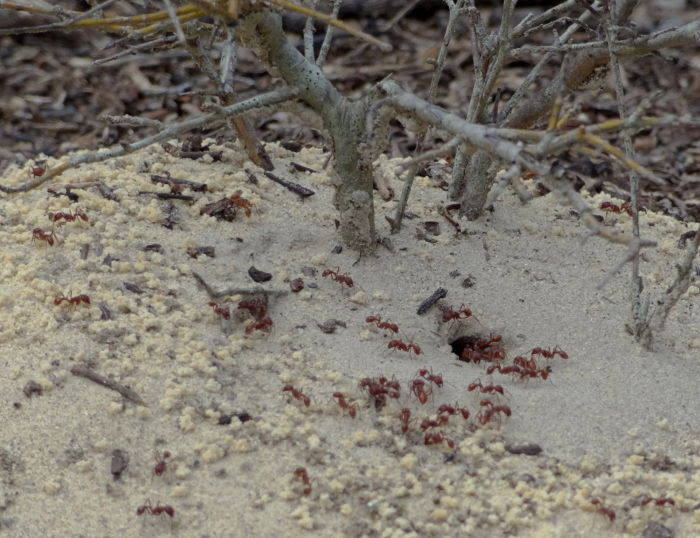
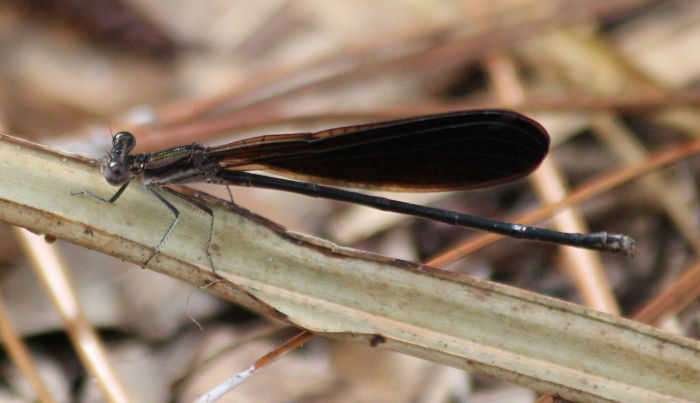

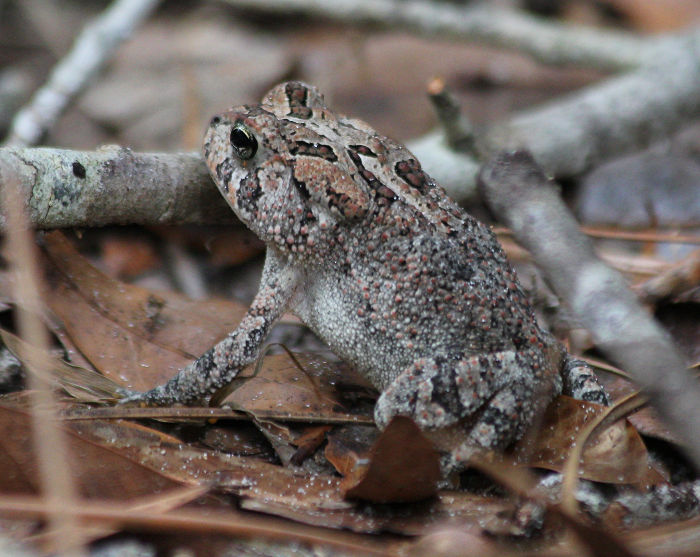
Lovebugs followed us across much of the park.
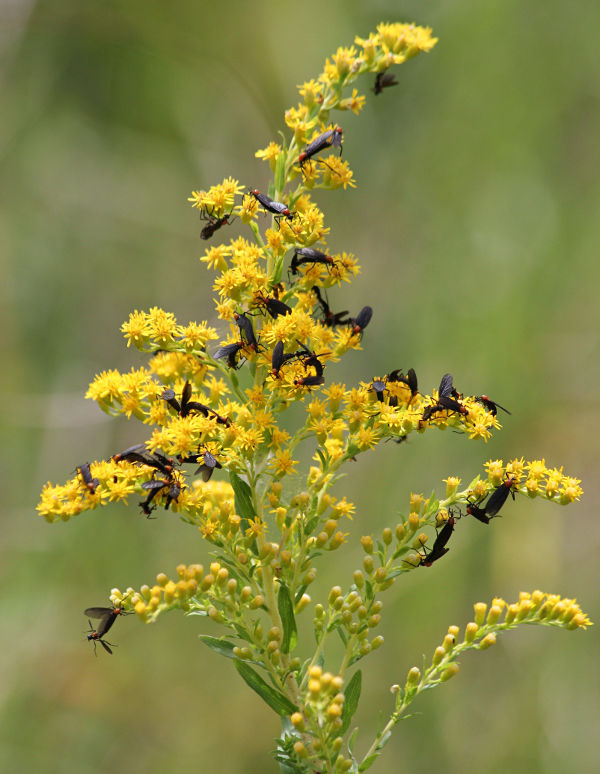
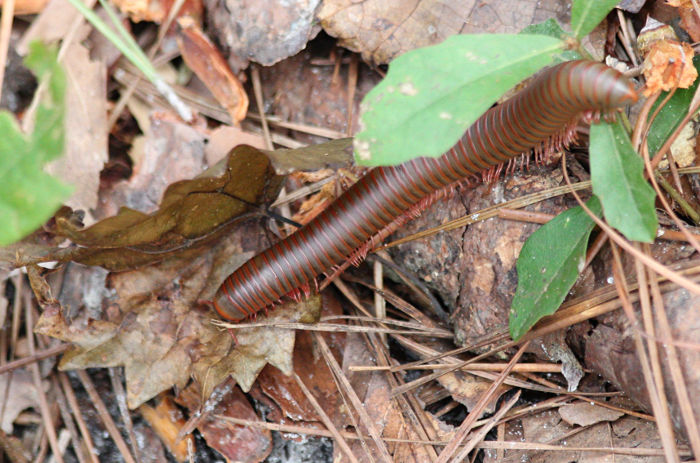
To my very untrained eye, this looks like a chantrelle.
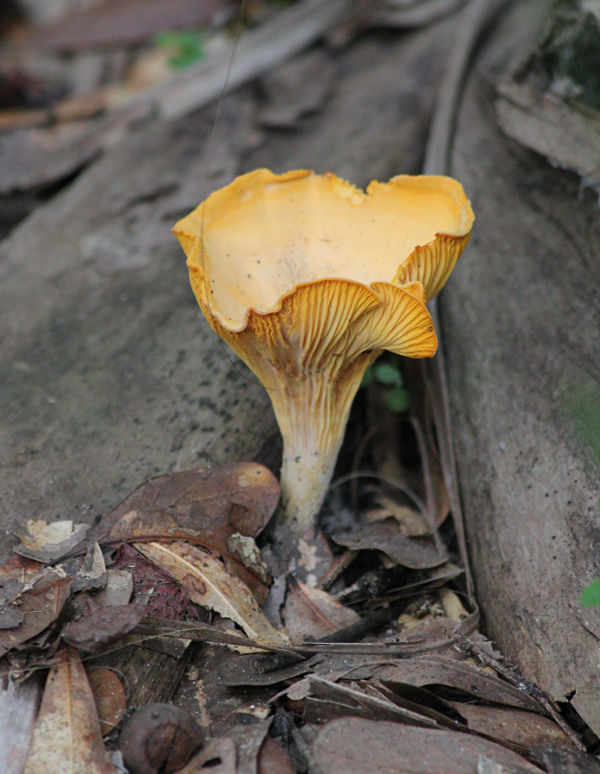
This may be a Squareback Marsh Crab
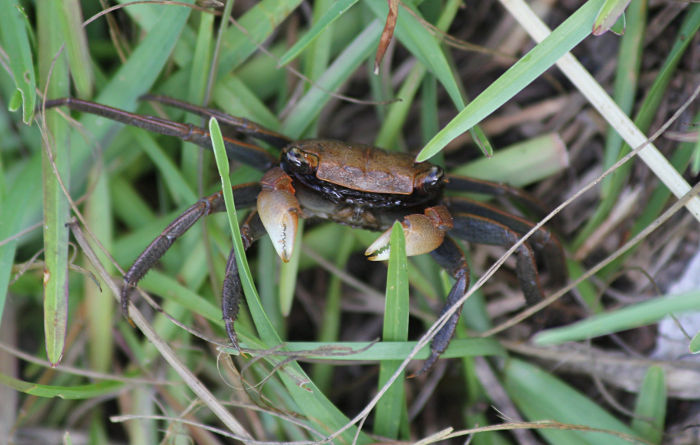
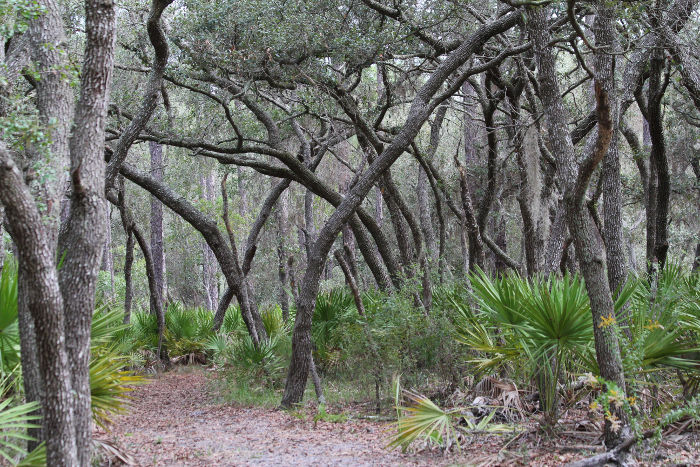
Blue Curls
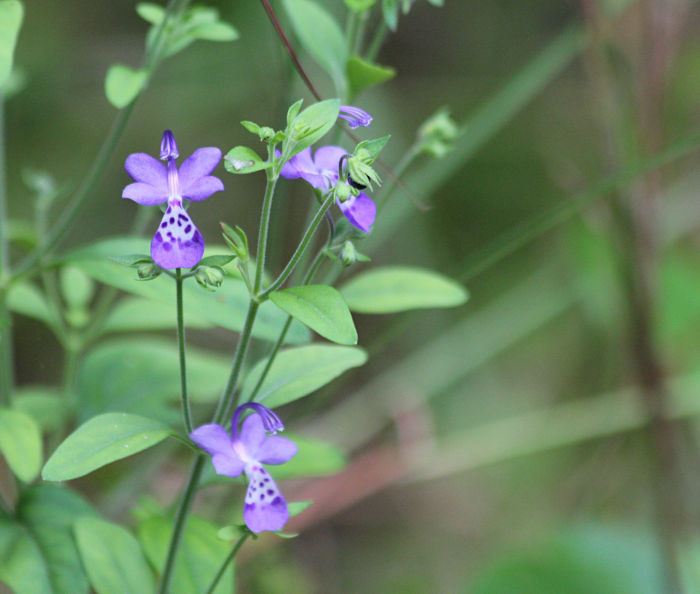
Horsemint



